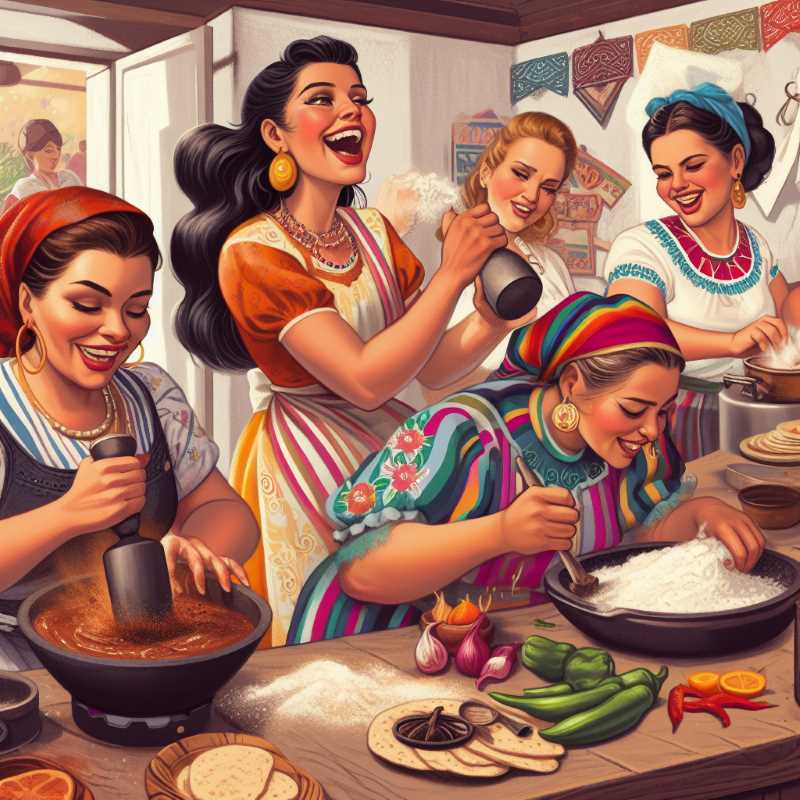The Women Who Whipped Up a Culinary Revolution
Before the Mexican Revolution, pioneering women educators fought for female empowerment through formal culinary education. They saw cooking as a tool for self-reliance, championed regional cuisine, and paved the way for future generations of working-class women.

In the early 20th century, before the echoes of “Viva la Revolución!” even reached the pantry, a quieter revolution was brewing. Not with guns and gritos, but with spatulas and simmering pots, a small band of women took aim at the heart of Mexican society: the kitchen. These obscure characters, pioneers of formal culinary education for women, weren't charging barricades, but they were certainly redefining domesticity, one fragrant lesson at a time.
Imagine them, these stoic educators, with their thirty-year stints in classrooms and government kitchens (the Secretariat of Public Education, established in 1921, wouldn't be the same without their whisks). They saw cooking not as a mere chore, but as a potent tool for female empowerment. It wasn't just about mastering soufflés, it was about mastering their own destinies.




